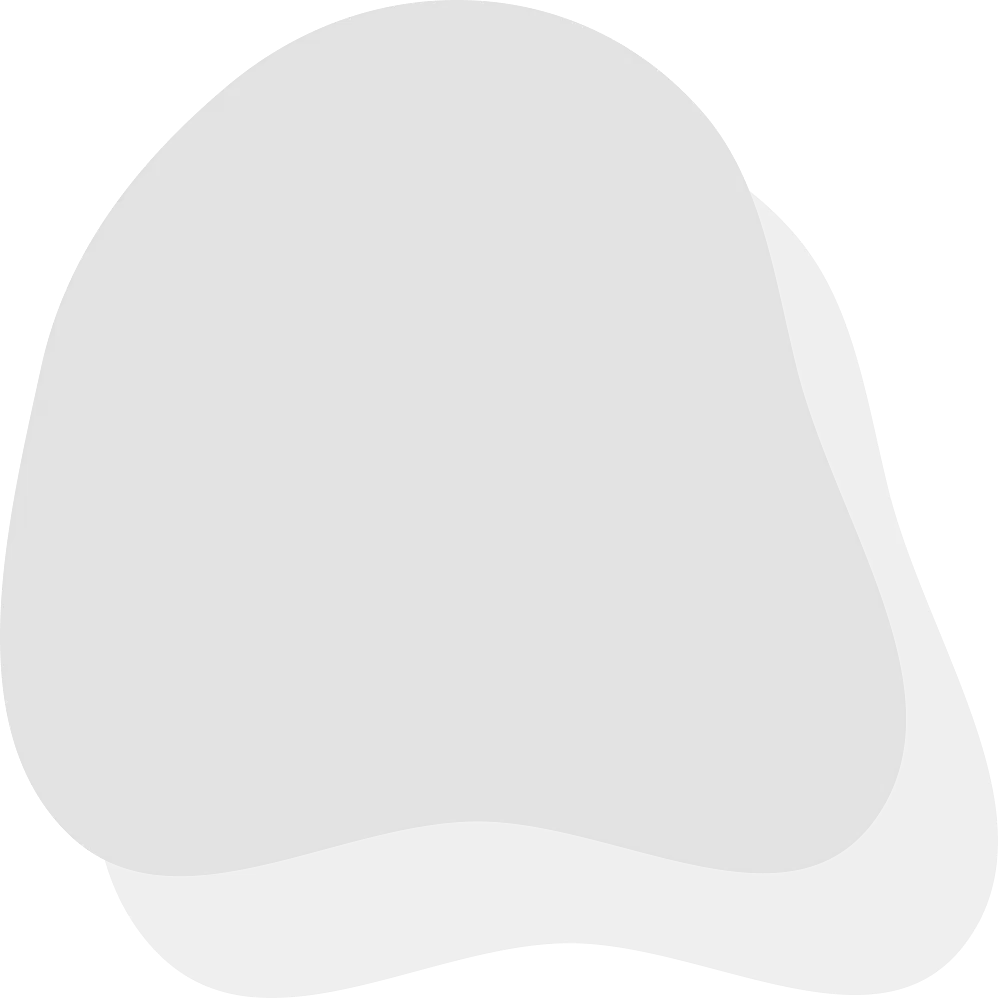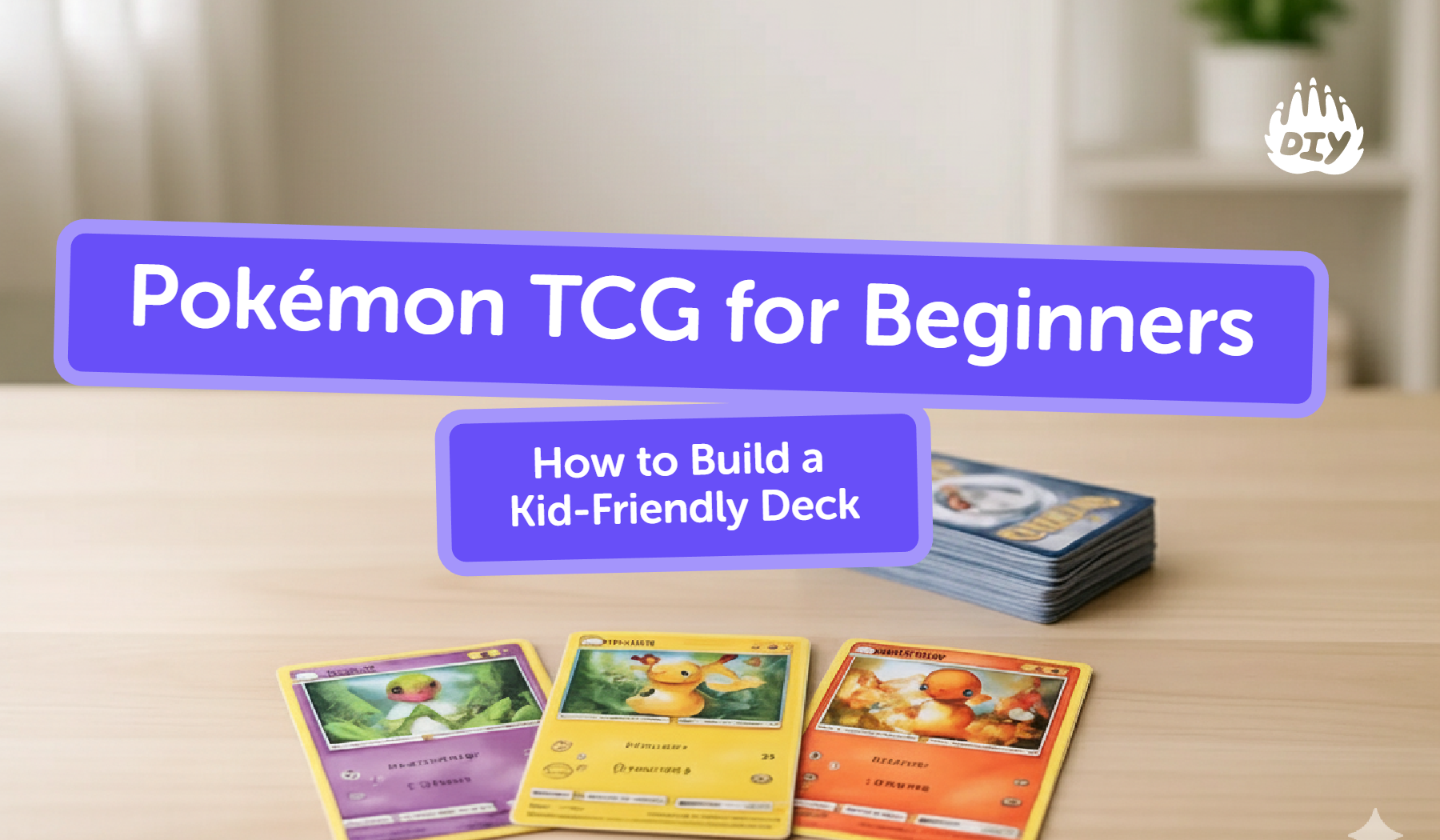Pokémon TCG (Trading Card Game) is a two-player strategy game where each player uses a 60-card deck to battle with Pokémon, play Trainer cards for support, and attach Energy to power attacks. You’ll start with a Basic Pokémon, evolve it over turns, and try to take 6 Prize cards by knocking out opposing Pokémon.
A typical turn is simple: draw, bench Basics, attach 1 Energy, play Items/Supporters/Stadiums, then retreat or attack. New players usually stick to one Pokémon type for smoother Energy use and add 8–10 draw/search cards to keep hands moving. If you’re a Pokémon TCG beginner wondering how to play Pokémon cards, think “build a plan around one main attacker, keep cards flowing, and take prizes before your opponent.”
Quick start: how the game works
Goal: take 6 Prize cards (KOs), or win on deck-out.
Turn flow: Draw → Bench Basics → Attach Energy (once) → Play Trainer cards → Retreat/Attack.
Card types: Pokémon (Basics/Evolutions), Trainers (Items/Supporters/Stadiums), Energy (one per turn).
Kid tip: announce each action out loud “attach Energy to Active,” “play Supporter,” “attack for 60.”

Make a one-page deck plan Paste: “Make a 60-card beginner Pokémon deck plan with one main attacker, 4–3–2 evolution, 10 draw/search, and 16 Energy.”
Best starter deck traits in 2025 (what to buy first)
Search intent hits: best starter deck 2025, pokemon starter deck for beginners
One main attacker (one type) with a clear plan.
Simple evolution line (4–3–2 or 4–4) so kids hit their Stage 1/2 on time.
Built-in draw/search (8–10 cards across Items/Supporters).
Reasonable Energy costs (single-type attacks, low color requirements).
prebuilt “starter” or “league-ready” decks are easiest on day one; upgrade slowly with a few singles after your child learns the flow.
Build a kid-friendly 60-card deck
Search intent hits: how to build a pokémon deck, pokémon deck list
Template you can trust:
Pokémon (18–20): one main line + small backup.
Trainers (20–22): at least 8–10 draw/search, 2–4 gust/switch, 2–3 healing/utility, 2–3 Stadiums.
Energy (16–18): single-type to start; add 2–4 more if your attacker is Energy-hungry.
Evolution rule of thumb:
Stage 2 main line: 4 Basic / 3 Stage 1 / 2 Stage 2.
Stage 1 main line: 4 Basic / 4 Stage 1.
Consistency rule:
If you brick twice in a row, add 2 draw/search cards, not 2 Energy.
Beginner Deck Checklist
pick a type (e.g., Fire or Lightning) and name your attacker when you publish. This stays brand-neutral and legal-format-agnostic.
Deck name: [Your Type] Beginner Build (60)
Pokémon 19
4 × Main Attacker Basic
3 × Main Attacker Stage 1
2 × Main Attacker Stage 2 (omit if Stage 1 deck: add +1 Basic, +1 Stage 1 instead)
2 × Backup Attacker Basic
2 × Backup Attacker Stage 1
6 × Utility Basics (search, draw, set-up)
Trainers 21
8 × Draw/Supporters (steady hand refills) 4 × Search/Items (find Basics/Evos fast)
3 × Switch/Rope (fix bad Actives, chase wins)
2 × Healing/Tool (keep the main attacker swinging) 2 × Stadium (counter common effects you see)
2 × Gust (target weak Bench to finish games)
Energy 20
16 × [Your Type] Energy
4 × [Optional accel/recovery if your type supports it]
Build Your 60-Card Deck (Fill-In Table)
Count | Card name | Type/Line | Role | Notes |
4 | Main Attacker Basic | Pokémon | Primary attacker (Basic) | Search early; attach first Energy here |
3 | Main Attacker Stage 1 | Pokémon | Evolves main attacker | Prioritize on turns 2–3 |
2 | Main Attacker Stage 2 | Pokémon | Power finish | Cut to 0 if Stage-1 plan |
2 | Backup Attacker Basic | Pokémon | Secondary plan | Helps vs. bad matchups |
2 | Backup Attacker Stage 1 | Pokémon | Evolves backup | Swap in if main whiffs |
6 | Utility Basics | Pokémon | Set-up/draw | Low retreat is a plus |
8 | Draw Supporters | Trainer | Hand refills | Aim 7-card refresh or steady draw |
4 | Search Items | Trainer | Find Basics/Evos | Play early; thin deck |
3 | Switch/Rope | Trainer | Mobility | Fix stranded Actives |
2 | Healing/Tool | Trainer | Survivability | One attach saves a prize |
2 | Stadium | Trainer | Board control | Counter popular Stadiums |
2 | Gust/Target | Trainer | Finish KOs | Pull weak Bench |
16 | Basic Energy | Energy | Cost coverage | Single type = smooth turns |
4 | Energy accel/recovery | Energy | Extra tempo | Only if your type supports it |
Total: 60 cards
Kid-friendly table rules Paste: “Write 6 simple Pokémon TCG table rules for kids under 12 with friendly wording.” → https://www.diy.org/ai-homework-helper
Energy and damage math (kid-level)
Start at 16 Energy for single-type attackers; add +2–4 if attacks are expensive.
Count to your first attack: if it needs 2 Energy by turn 2, you’ll want 8–10 draw/search to find them.
When in doubt: +2 draw, not +2 Energy.
Trainers that carry games (and why)
Draw Supporters keep hands live every turn.
Search Items prevent “no Basics” and missed evolutions.
Gust/Target ends games early by KOing weak Bench.
Stadiums flip bad situations (healing, movement, counters).
Week-one upgrades
Trim two clunky Basics → add +2 draw/search.
Tighten to one attacker line that actually wins your games.
Add a Stadium pair that answers the effect you see most (ask your local store or watch a couple of beginner games).
Parent corner: budget, sleeves, table rules
Budget path: 1 precon → 10–12 cheap singles (draw/search) → sleeves → deck box.
Match length: best-of-one for kids; set a timer.
Trading: value safety over hype; swap only at the table with an adult nearby.
Study-play routine Paste: “Create a weekly schedule with two 30-minute Pokémon TCG practice blocks and one family match.”
Quick Rules & Deck FAQs
How much energy should beginners play?
Start at 16 for a single-type attacker; add +2–4 if attacks are pricey.
Can you evolve the same turn you play a Pokémon?
No evolve only if it was already in play on a previous turn.
Is a two-type deck okay for kids?
Keep it simple: start one type. Add a splash later once draws are stable.
What’s the easiest way to hit evolutions on time?
Run 4–3–2 (or 4–4 for Stage 1) and 8–10 draw/search cards.
Are prebuilt decks legal?
Many are check the product’s format notes and current legality at your store.



